I have a dataset in Stata that looks something like this
Variable | Obs Mean Std. dev. Min Max
-------------+---------------------------------------------------------
dv2 | 1,904 .5395645 .427109 -1.034977 1.071396
xvar | 1,904 3.074055 1.387308 1 5
with xvar being a categorical independent variable and dv2 a dependent variable of interest.
I am estimating a simple model with the categorical variable as a dummy:
reg dv2 ib4.xvar
eststo myest
Source | SS df MS Number of obs = 1,904
-------------+---------------------------------- F(4, 1899) = 13.51
Model | 9.60846364 4 2.40211591 Prob > F = 0.0000
Residual | 337.540713 1,899 .177746558 R-squared = 0.0277
-------------+---------------------------------- Adj R-squared = 0.0256
Total | 347.149177 1,903 .182422058 Root MSE = .4216
------------------------------------------------------------------------------
dv2 | Coefficient Std. err. t P>|t| [95% conf. interval]
-------------+----------------------------------------------------------------
xvar |
A | .015635 .0307356 0.51 0.611 -.044644 .075914
B | .1435987 .029325 4.90 0.000 .0860861 .2011113
C | .1711176 .0299331 5.72 0.000 .1124124 .2298228
E | .1337754 .0295877 4.52 0.000 .0757477 .1918032
|
_cons | .447794 .020191 22.18 0.000 .4081952 .4873928
------------------------------------------------------------------------------
These are the results. As you can see B, C and E have larger effect than D which is the excluded category.
However, coefplot does not account for the in categorical variable the coefficient is composite true_A=D+A.
coefplot myest, scheme(s1color) vert
As you can see the plot shows the constant to be the largest coefficient, while the other to be smaller.
Is there a systematic way I can adjust for this problem and plot the true coefficients and SEs of each category?
Thanks a lot for your help

